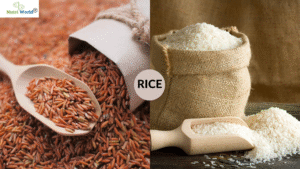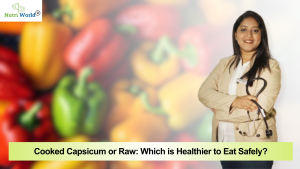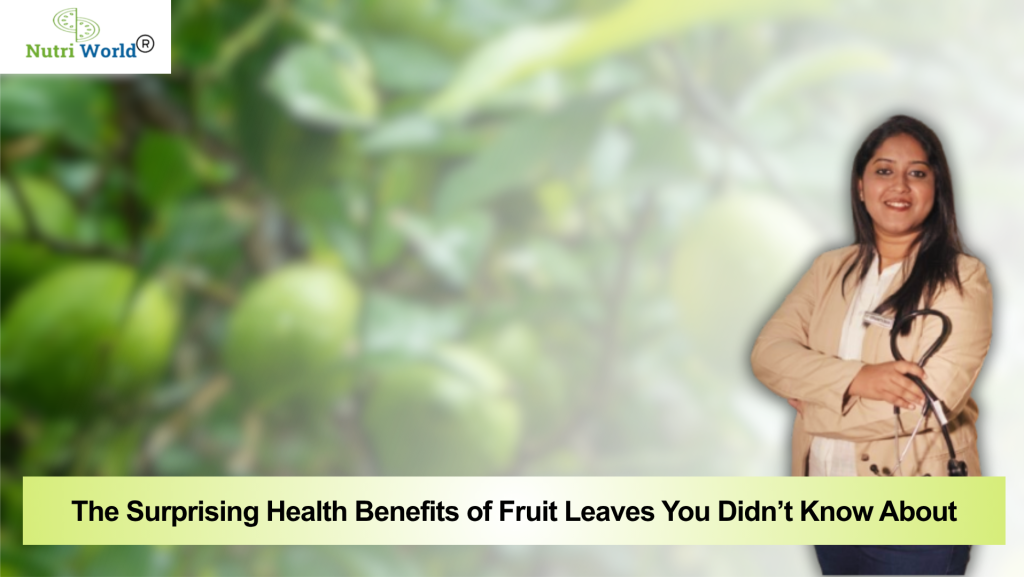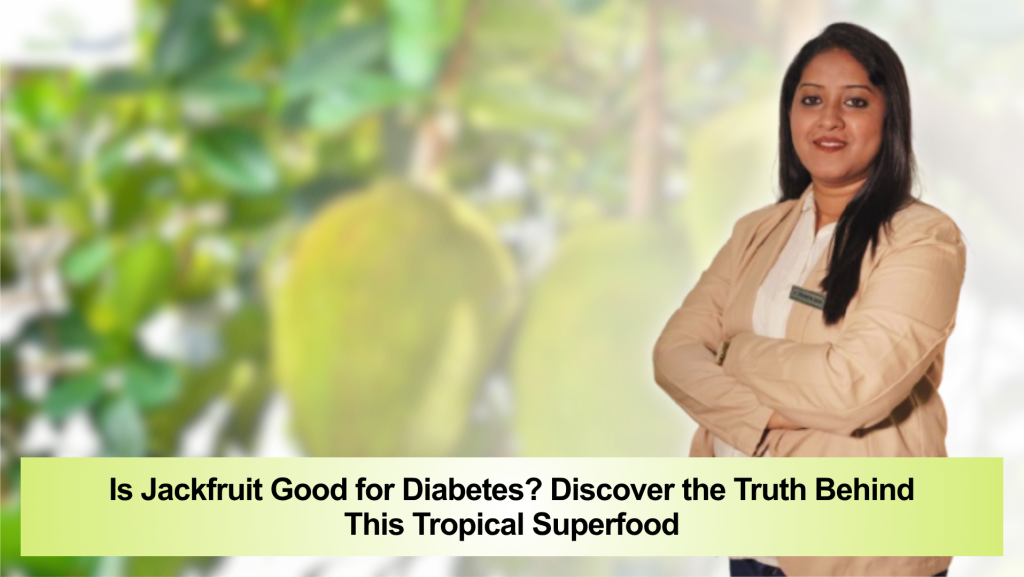Have you ever found yourself reaching for a “natural” sugar like turbinado thinking it’s better for your blood sugar levels? With its caramel color and “less processed” label, turbinado sugar often appears more wholesome than white sugar. But is it really safe for people with diabetes—or is it just another marketing gimmick?
As you all know, India is known as the diabetes capital of the world, with millions of people battling this chronic condition daily. For those managing diabetes, every food choice matters—especially when it comes to sugar.
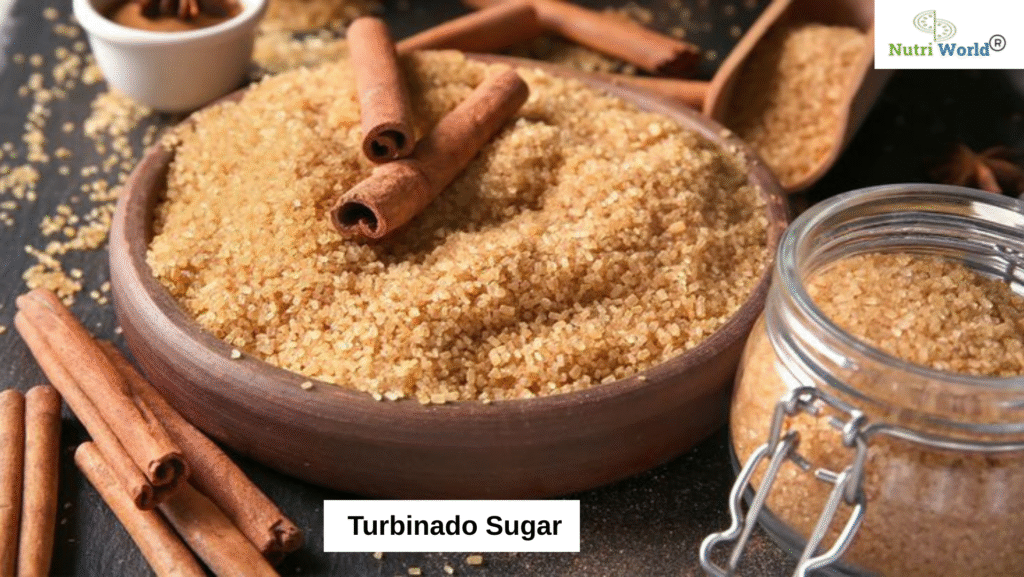
What is Turbinado Sugar?
Turbinado sugar, often labeled as “raw sugar,” is derived from sugarcane juice that undergoes minimal processing. It retains a light brown color due to the presence of natural molasses, giving it a mild caramel flavor and larger crystals than white sugar. The name “turbinado” comes from the turbine-like process used to spin and dry the sugar crystals.
While it may seem more natural or nutritious, it’s important to understand how this sugar behaves in your body—especially when you have diabetes.
Nutritional Facts: Does Less Processing Mean Lower Risk?
Here is 1 teaspoon ( 4 g ) of turbinado sugar typically contains
- Calories : 32 Kcal
- Carbohydrates: 8g
- Calcium : 2 mg
- Phosphorus : 6 mg
- Iron : 1056 mg
Glycemic Index & Diabetes: What Really Matters
For people with diabetes, one of the most critical metrics is the glycemic index (GI)—a measure of how quickly a food raises your blood sugar. The higher the GI, the faster your blood glucose spikes. With a GI of around 65–70, turbinado sugar falls in the high GI category, making it unsuitable for regular consumption by individuals with diabetes. Despite its natural label, it leads to quick and sharp increases in blood glucose, similar to table sugar.
Turbinado Sugar vs White Sugar: Is There a Winner?
From a nutritional perspective, there’s little difference between turbinado sugar and white sugar. Both:
- Contain simple carbohydrates
- Spike blood glucose levels
- Contribute to insulin resistance and weight gain if over consumed
The only difference lies in marketing. While turbinado sugar may sound “healthier,” it does not reduce the diabetic risk when consumed in similar quantities.
Best Sugar Alternatives for Diabetics
As a clinical nutritionist, I always recommend opting for low glycemic or zero-calorie sweeteners that won’t raise your blood sugar. Here are some safer options:
- Stevia – A plant-based, calorie-free sweetener that doesn’t affect insulin.
- Monk Fruit Extract – A natural sweetener that is much sweeter than sugar but with zero glycemic impact.
- Erythritol – A sugar alcohol with minimal calories and a negligible effect on blood sugar.
- Xylitol – Has fewer calories than sugar and a lower GI, but should be used in moderation.
- Allulose – A rare sugar with minimal blood sugar impact and fewer calories.
These alternatives are more diabetes-friendly and help keep sweet cravings under control without compromising glucose levels.
Nutritionist Tips to Manage Sweet Cravings in Diabetes
Even with better sweeteners, the goal is to reduce your overall sugar dependency. Here are a few tried-and-tested tips:
- Prioritize high-fiber foods like legumes, oats, and vegetables to stabilize blood sugar.
- Avoid sugary beverages—even if labeled natural.
- Include proteins and healthy fats with each meal to slow sugar absorption.
- Read labels carefully—look out for hidden sugars under names like dextrose, maltose, or cane juice.
Train your taste buds to appreciate the natural sweetness of fruits.
Take Charge of Your Blood Sugar—With the Right Knowledge and Support
Managing diabetes isn’t just about cutting sugar—it’s about making smarter, science-backed choices every day. As a qualified nutritionist, I help people like you understand what truly works, from meal planning to healthy sugar swaps.
Still confused about what sweetener is right for you? Want a personalized diabetic-friendly diet plan?
Let’s work together to make your plate both nourishing and satisfying.
FAQs
1. Is turbinado sugar better than white sugar for diabetics?
Not really. Although turbinado sugar is less processed and contains trace minerals, its glycemic index is still high (around 65–70), similar to white sugar. It raises blood sugar quickly and is not recommended for people with diabetes.
2. Can diabetics use turbinado sugar occasionally?
While an occasional small amount may not cause major harm, it’s best to limit or avoid turbinado sugar. Diabetics are advised to use low-glycemic sweeteners like stevia, erythritol, or monk fruit instead.
3. Is turbinado sugar safe for prediabetics?
Turbinado sugar should be used with caution in prediabetes as it still raises blood sugar levels. Even small amounts can contribute to insulin resistance if consumed regularly. Lifestyle changes and low-GI alternatives are preferred.
4. Can turbinado sugar be used in diabetic recipes?
It is not ideal to use turbinado sugar in diabetic recipes. If a recipe calls for sweetness, consider replacing it with stevia, erythritol, or monk fruit to keep it blood-sugar friendly.
5. Can turbinado sugar help with weight loss if I have diabetes?
No, turbinado sugar is not helpful for weight loss. It contains the same calories as white sugar and offers minimal nutrition. Excess consumption can lead to weight gain, which worsens insulin resistance.
6. What are healthier alternatives to turbinado sugar for people with diabetes?
The best alternatives include:
- Stevia
- Monk fruit extract
- Erythritol
- Allulose
These sweeteners have little to no impact on blood sugar and are generally safe for diabetic use.

Hi, I’m Dietitian Dipanwita Saha, A Clinical Dietitian & Nutripreneur and The Founder & Director of Nutri World. I believe healthy eating should be enjoyable, balanced, and free from guilt—not about strict rules or cutting out your favorite foods. My passion lies in helping people heal their relationship with food, especially those dealing with disordered eating. If you’re looking for a supportive, judgment-free space to nourish your body and mind, I’m here to help—let’s make food feel good again.

